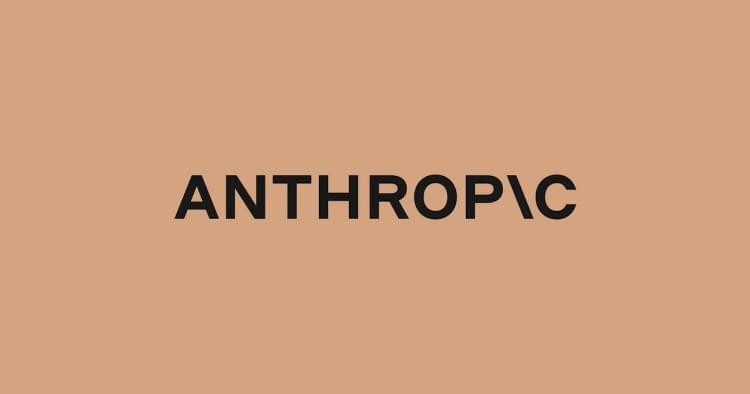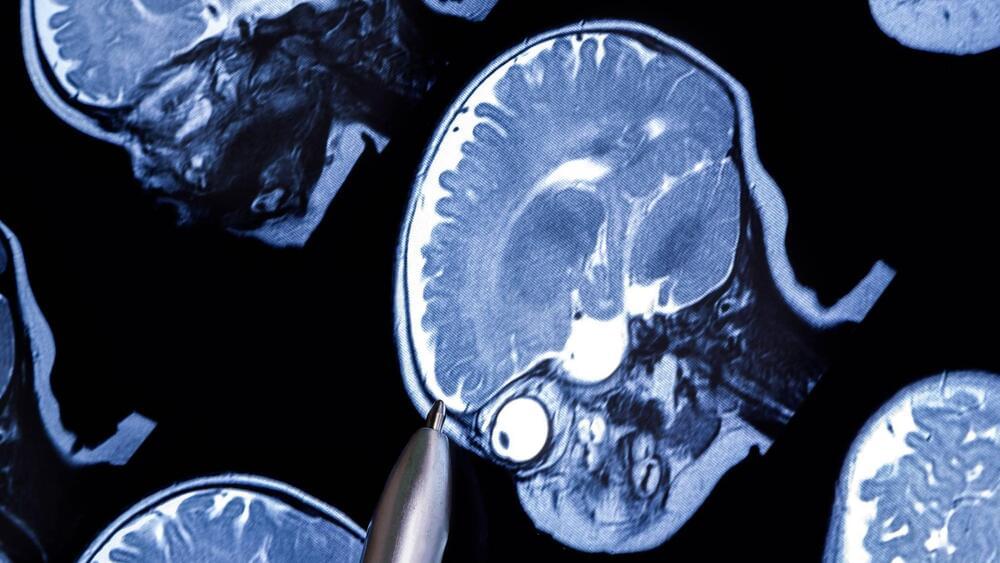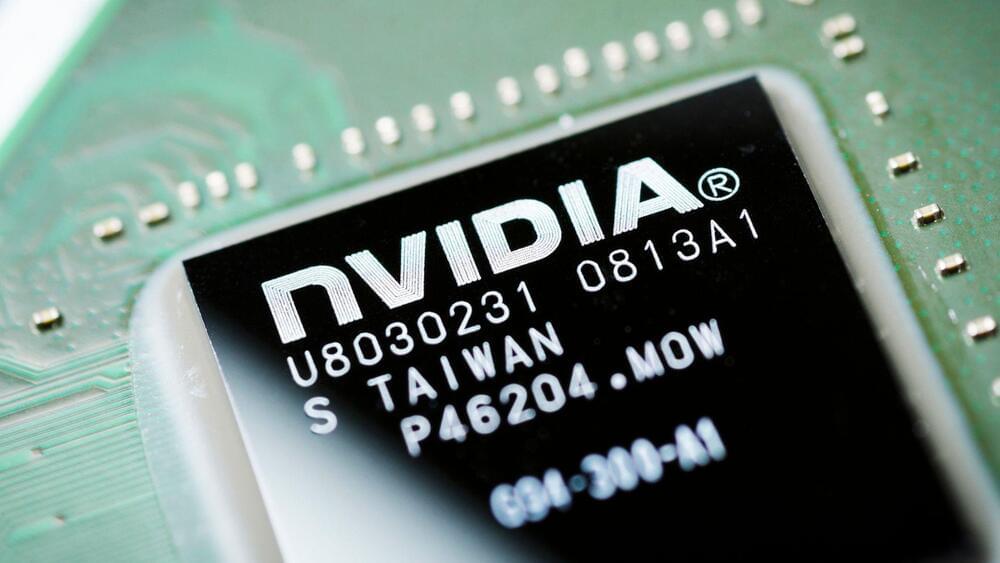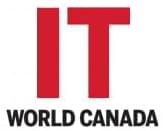This video discusses how monoclonal antibodies may be valuable tools against the growing threat of antimicrobial-resistant bacteria, explores their bacteria-killing mechanisms, and highlights their potential as adjuvant therapies to antibiotics.
Link to script and all references:
https://docs.google.com/document/d/1jxjCI51yXLPjsEyBD6KsO6X4…sp=sharing.
Production Director: Neil Lin.
Video Editor: Neil Lin.
Scriptwriter: Neil Lin.
Narration & Script Editing: Nishaad Sheth.
With Audio & Graphics Help From: James Wang & David Klitovchenko





